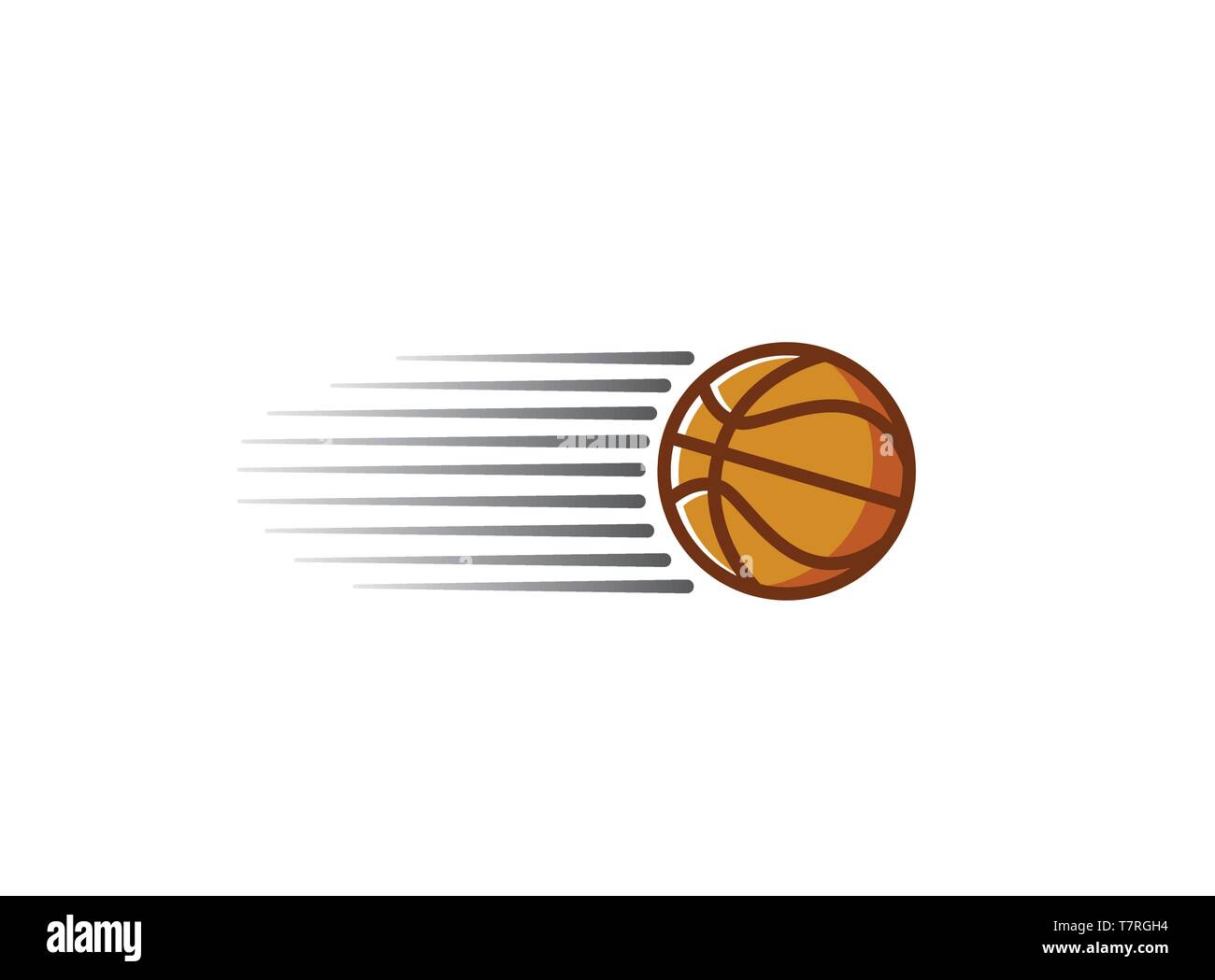


Onomatopoeic words that indicate sounds made by objectsĮxample: Residents heard an enormous bang as a safety valve on the boiler failed.Įxample: Cowbells clanged across the endless green fields. Meaning: An utterance expressing pain or disapprovalĮxample: Richard's jokes make you groan rather than laugh.Įxample: The children squealed with delight when the pizza arrived. Meaning: The short low gruff noise of the kind made by hogsĮxample: He gave a non-committal grunt in reply. Meaning: A reflex that expels wind noisily from the stomach through the mouth.Įxample: Anuj must have eaten a sumptuous lunch his belching sounds very contented! Meaning: A sound made especially to attract attention or to express disapproval or embarrassment.Įxample: Professor Geetha: “Shall I, ahem, leave you and the blackboard alone for a moment?” Onomatopoeic words that indicate vocal utterances Meaning: A dispenser that turns a liquid (such as perfume) into a fine mistĮxample: You can almost hear the spray from the waterfall! Meaning: The sound of made by something falling into or striking waterĮxample: Ramesh fell into the pond with a mighty splash! Meaning: The sound of a liquid falling drop by dropĮxample: All I could hear was the drip of the rain from the roof.Įxample: The drizzle of the rain gave a dreamy and ethereal feeling to the resort. Meaning: Flowing in drops rhythmic striking of a ball against a hard surfaceĮxample: I could hear the dribble of the basketball from court 1 Poonam was obviously practicing early. Onomatopoeic words related to the sound of water Check out the following examples to see the impact of onomatopoeia and to learn a variety of onomatopoeic words. The use of onomatopoeia makes one’s written and spoken language more expressive, impactful, and memorable. What is the big deal about onomatopoeia? Or. Check out how ‘woof’ is represented in other languages:Įnglish: woof, woof ruff, ruff arf, arf bow wow yap, yap yip, yip (for small dogs) But, the onomatopoeic words for a dog’s bark changes in various languages. For example, woof is typically used to denote a dog’s bark in English. Onomatopoeic words can differ across cultures and languages. For example, the letters zzzzzz mean someone is sleeping or snoring. Onomatopoeic words can be real words, made-up words, or letters representing raw sounds. When you read the word splat, doesn’t it automatically invoke a mental image of something wet having hit a surface? Or, when you read the word achoo, can’t you almost hear the sneeze? Such is the power of onomatopoeia! Writers of comics especially use onomatopoeia to show sound effects. Writers use onomatopoeia to stimulate the reader’s auditory sense and create rich soundscapes in writing. Think of words such as crash, tick-tock, hiss, waa-waa, hoo-hoo, and whoosh. Onomatopoeia (on-uh-mat-uh-pee-uh) refers to words that resemble or sound like the sounds they describe or, in other words, the naming of an action by a phonetic representation or imitation of the sound associated with it.


 0 kommentar(er)
0 kommentar(er)
